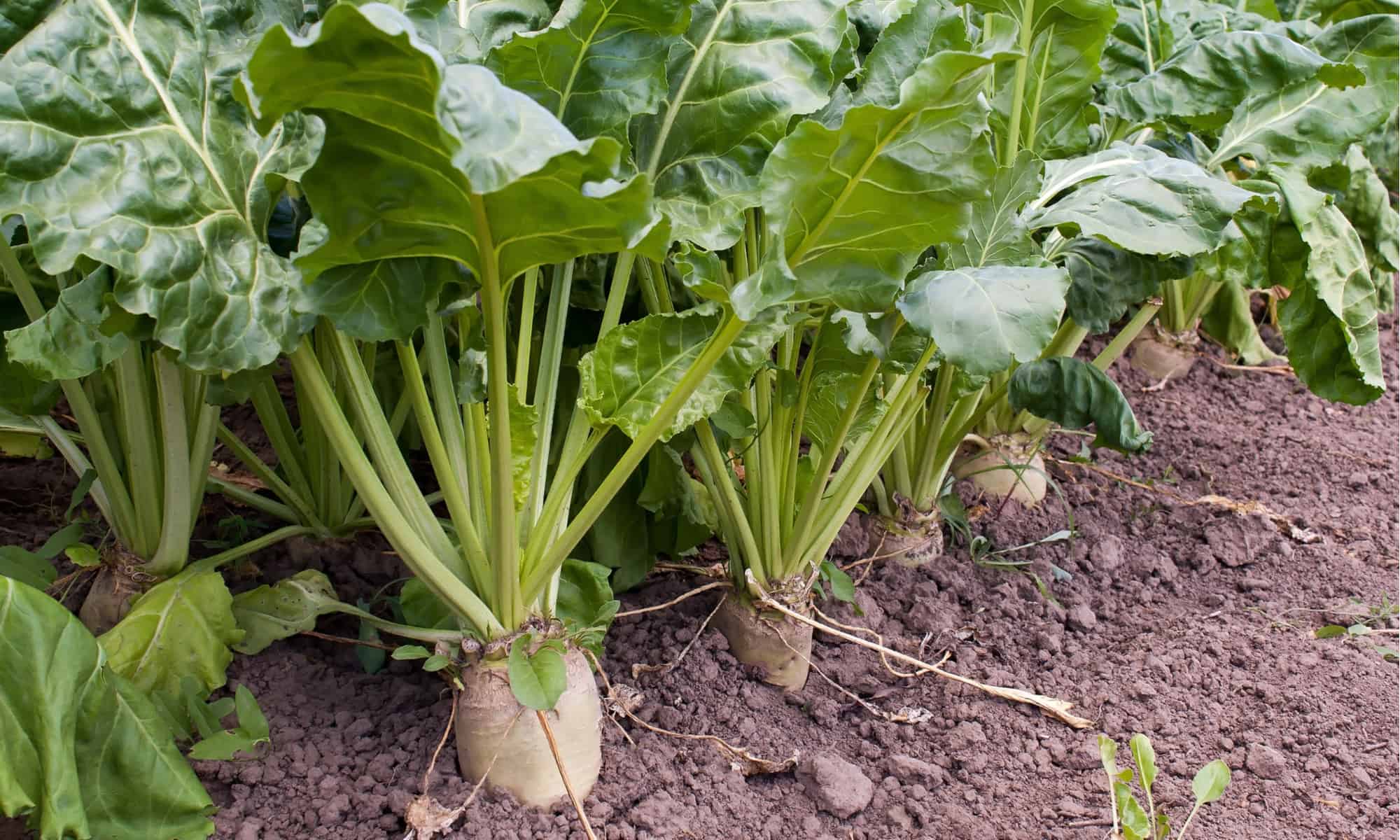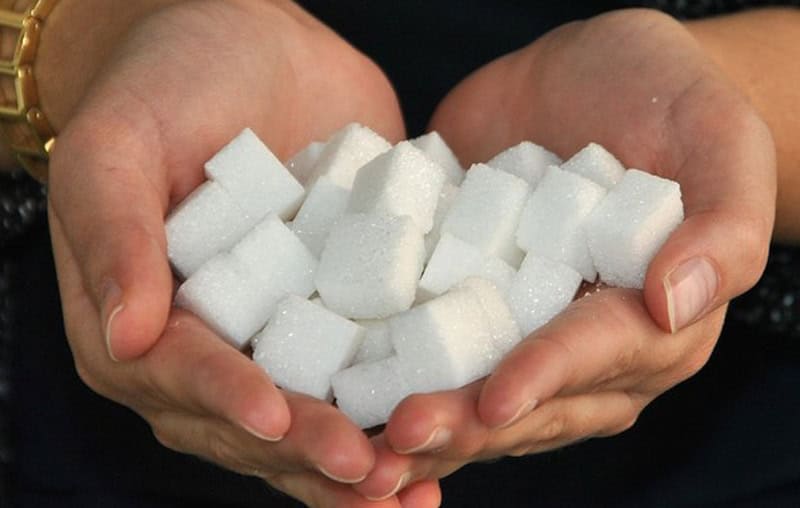Many people compare beet sugar vs cane sugar to understand their differences in sweetness and consistency.
Discover the Uses and Benefits of Beet Sugar Vs Cane Sugar in Your Daily Diet Plan
Discovering the distinct qualities of beet and cane sugar discloses more than simply their sweetening capabilities; it highlights their special effects on health and cooking arts. Beet sugar, known for its subtle flavor, is often favored in delicate treats, whereas cane sugar, with its hint of molasses, includes splendor to durable meals. Each kind holds its very own nutritional account and glycemic implications, welcoming a much deeper understanding of their duties in a balanced diet and sustainable consumption practices.
Beginning and Production Procedures of Beet and Cane Sugar

The unique environments and soil types required for expanding sugar beets and sugarcane add to distinctions in their cultivation practices and geographical distribution, affecting the business economics and sustainability of their production. beet sugar vs cane sugar.
Nutritional Contrast Between Beet Sugar and Cane Sugar
Despite stemming from different plants, beet sugar and cane sugar are nutritionally very similar, both largely containing sucrose. Each supplies about 4 calories per gram, equating to about 16 calories per tsp. Structurally, both sugars are composed of approximately 99.95% sucrose, with very little amounts of various other materials like wetness and trace minerals, which do not considerably alter their dietary accounts.

Inevitably, when choosing between beet sugar and cane sugar based on nutritional content alone, both offer identical benefits and disadvantages as they are basically types of the exact same particle-- sucrose, providing fast power without other nutrients.
Effect On Wellness: Glycemic Index and Caloric Material
Checking out even more into the impacts of beet sugar and cane sugar on wellness, it is essential to consider their glycemic index and caloric material. Both sugars are Get the facts categorized as sucrose, which contains glucose and fructose. This structure leads them to have best site a comparable impact on blood sugar level levels. The glycemic index (GI) of both beet and cane sugar is around 65, classifying them as high-GI foods, which can create quick spikes in blood sugar degrees. This is a crucial facet for individuals taking care of diabetic issues or those attempting to support their energy degrees throughout the day.
Each kind of sugar includes around 4 calories per gram, making their calorie material equivalent. For those keeping track of calorie consumption, specifically when handling weight or metabolic health and wellness problems, understanding this equivalence is vital (beet sugar vs cane sugar). Nevertheless, excessive consumption of any type of high-calorie, high-GI food can contribute to wellness issues such as obesity, heart illness, and insulin resistance.
Environmental and Economic Factors To Consider of Sugar Manufacturing
Beyond health and wellness influences, the manufacturing of beet and cane sugar also raises substantial environmental and economic issues. Sugar beet farming has a tendency to need cooler climates and has a reduced geographical footprint contrasted to sugar cane, which thrives in tropical regions. Both crops are intensive in terms of water usage and land line of work, possibly leading to read here logging and water deficiency. Financially, the international sugar market is very unpredictable, affected by adjustments in worldwide trade policies and aids. Numerous countries incentivize sugar manufacturing through financial assistance, skewing market prices and influencing small-scale farmers adversely.
Furthermore, using chemicals and fertilizers in both beet and cane sugar cultivation can bring about dirt destruction and pollution, additional influencing biodiversity and regional water bodies (beet sugar vs cane sugar). The option between cultivating sugar beet or cane usually depends upon local environmental problems and financial variables, making the sustainability of sugar manufacturing an intricate issue
Culinary Applications and Flavor Distinctions
While the ecological and financial aspects of sugar manufacturing are without a doubt substantial, the selection between beet and cane sugar likewise affects cooking applications and taste profiles. Beet sugar, derived from the sugar beet plant, is understood for its incredibly neutral taste.
Walking stick sugar, removed from sugarcane, frequently keeps molasses traces, which pass on an unique splendor and deepness. The minor variation in wetness material in between beet and cane sugar can influence the appearance and consistency of meals, making cane sugar a favored selection for particular dishes that benefit from its special buildings.

Final Thought
To conclude, both beet and cane sugar have distinct beginnings and manufacturing processes, providing comparable nutritional profiles with minor distinctions in salt content and flavor. While their influence on wellness, particularly relating to glycemic index and calories, is similar, the choice between them frequently boils down to ecological, economic elements, and specific culinary needs. Understanding these facets can direct consumers in making educated choices that line up with their wellness goals and flavor choices.